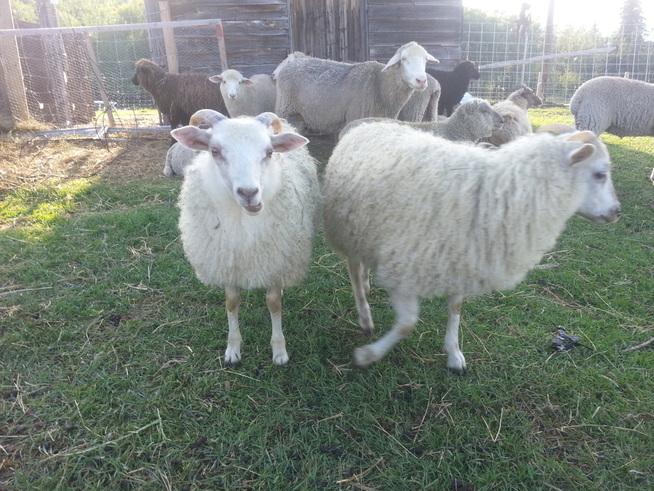
Currently, the Fat Ewe Farm has a wonderful lamb crop with most ewes delivering twins. There are purebred, non registered Icelandic lambs, registered Cotswold lambs or a starter flock even, and Cotswold cross lambs that will not be bred at this farm. The question is, is it best to keep them until spring and sell them then, hoping that the prices will have stabilized or rather, just get rid of them so they do not have to be fed all winter? What a decision.

 RSS Feed
RSS Feed